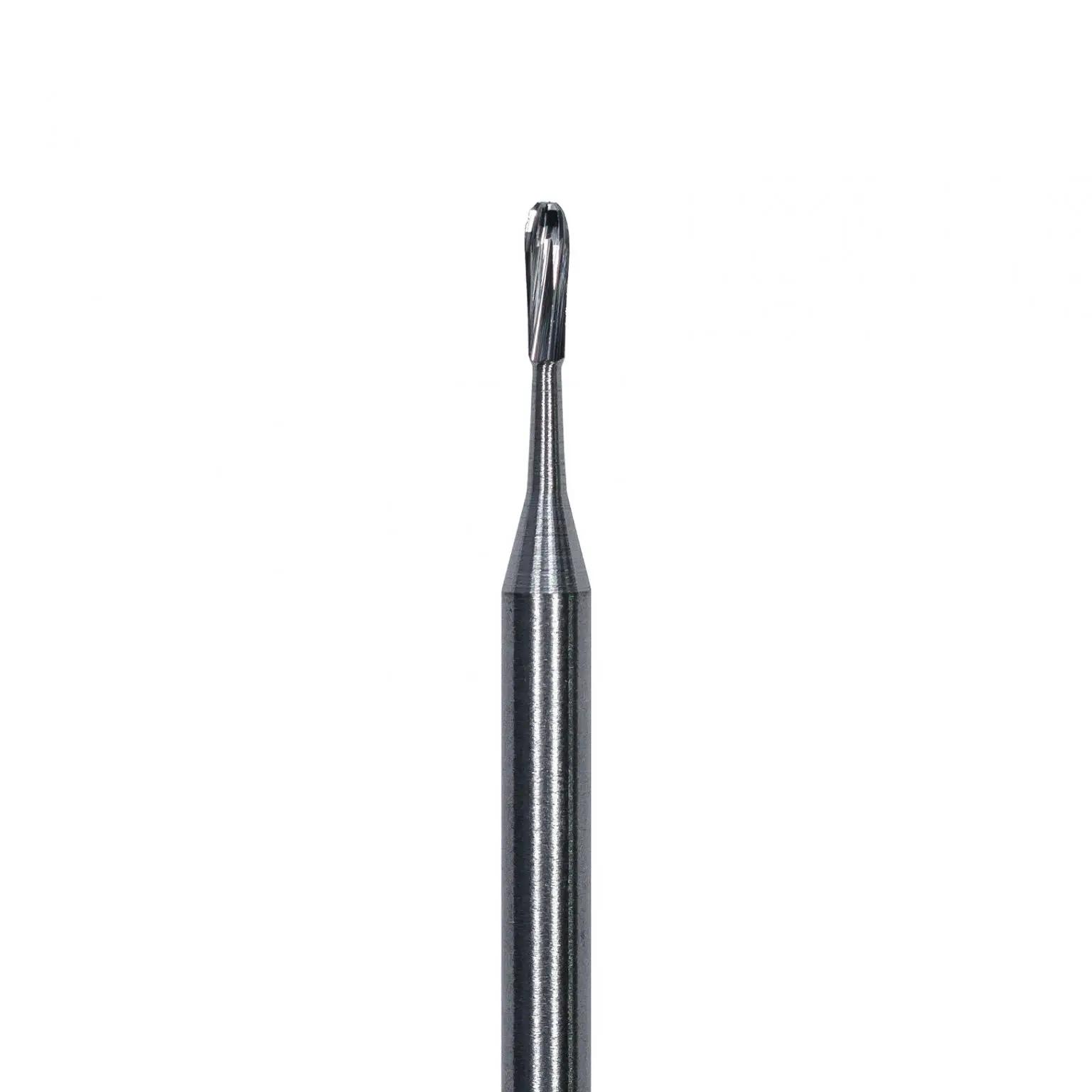Introduction to Burs Used in Bone Cutting
In the world of modern surgery, precision tools are crucial in ensuring successful outcomes. Among these tools, burs play a significant role, particularly in procedures involving bone cutting. Bone cutting burs are specialized instruments used by surgeons to excise or reshape bone with accuracy and efficiency. Selecting the appropriate bur is critical as it directly influences the surgical procedure’s effectiveness and safety. This article will explore the various types of bone cutting burs, with a particular focus on identifying the most suitable options based on different surgical needs.
Types of Burs for Bone Cutting
● Differences Between Dental and Surgical Burs
Dental and surgical burs, although similar in some aspects, serve distinct purposes. Dental burs are primarily designed for procedures involving tooth structure, whereas surgical burs are crafted for more robust tasks like bone cutting. The primary differences lie in their size, structure, and material composition.
● Common Materials Used in Bur Construction
The materials used in constructing bone cutting burs are critical to their functionality. These include surgical-grade stainless steel and carbide, which are known for their durability and cutting precision. The choice of material often impacts the bur's longevity and cutting capability. Therefore, understanding these materials is essential when selecting a wholesale bone cutting bur for specific surgical applications.
Understanding Lindemann Burs
● History and Development of Lindemann Burs
Lindemann burs have become a staple in bone cutting procedures due to their unique design. Originating in the mid-20th century, these burs were developed to provide a more efficient means of cutting through dense bone structures with minimal effort. Their development marked a significant advancement in surgical tooling.
● Unique Features and Advantages
One of the defining features of Lindemann burs is their spiral flute design, which enhances cutting efficiency and provides smoother edges. This design reduces the risk of thermal damage to the bone, an advantage that has made Lindemann burs a preferred choice among surgeons and bone cutting bur suppliers.
Comparative Analysis of Burs
● Lindemann Burs vs. Other Surgical Burs
When comparing Lindemann burs to other types of surgical burs, the former stands out for its superior cutting efficiency and reduced heat generation. While other burs may be effective in bone removal, the Lindemann bur offers enhanced control and precision, ideal for intricate surgical tasks.
● Pros and Cons of Various Burs
Different surgical situations call for varied burs, each with its own set of benefits and drawbacks. For instance, diamond burs are renowned for their precision but may not be as durable as tungsten carbide burs. Understanding these nuances helps in making informed choices when sourcing from a bone cutting bur manufacturer.
Mechanics of Bone Cutting Burs
● How Burs Interact with Bone Tissue
The interaction between burs and bone tissue is dynamic, necessitating a deep understanding of the mechanics involved. The bur's design, such as its teeth and flutes, directly impacts its cutting ability and the smoothness of the finished bone surface.
● Factors Affecting Cutting Efficiency
Several factors can affect a bur's cutting efficiency, including rotation speed, pressure applied, and the angle of engagement. Optimizing these factors ensures that the bone cutting process is both efficient and minimally invasive, which is a crucial consideration for any bone cutting bur factory.
Safety Considerations in Using Burs
● Risks Associated with Improper Bur Use
Using burs improperly can lead to several risks, including excessive heat generation, which can damage bone tissue, and unintended tissue removal. These risks emphasize the need for proper training and understanding when utilizing burs in surgical settings.
● Best Practices for Safe Operation
To mitigate risks, surgeons should adhere to best practices such as maintaining optimal rotation speeds and ensuring proper cooling during procedures. Additionally, sourcing quality equipment from a reliable bone cutting bur supplier is paramount to ensuring safety and effectiveness.
Sterilization and Maintenance of Burs
● Importance of Proper Cleaning Techniques
Sterilization and maintenance are crucial aspects of bur care. Proper cleaning not only extends the life of the bur but also prevents cross-contamination between patients. Ensuring that these tools are thoroughly sterilized after each use is non-negotiable in maintaining healthcare standards.
● Extending the Lifespan of Surgical Burs
Regular maintenance routines, such as checking for wear and tear and ensuring proper storage conditions, help extend a bur's lifespan. This is vital for healthcare facilities that rely on the consistent performance of their surgical tools.
Choosing the Right Bur for Procedures
● Criteria to Consider in Bur Selection
Selecting the right bur involves evaluating several criteria, such as the type of surgery, the density of the bone, and the desired speed of removal. Understanding these factors aids in selecting the most suitable bur from a bone cutting bur manufacturer.
● Tailoring Bur Choice to Specific Surgeries
Different surgeries may require different burs. For instance, orthopedic surgeries might benefit more from robust carbide burs, while more delicate procedures could require finer, diamond-coated options. Collaboration with a knowledgeable bone cutting bur supplier can assist in this selection process.
Technological Advancements in Bur Design
● Innovations Improving Bur Functionality
Technological advancements have led to the development of burs with enhanced cutting edges, improved ergonomic handles, and superior material compositions. These innovations have significantly improved surgical outcomes by making procedures safer and more precise.
● Impact of Technology on Surgical Outcomes
The integration of cutting-edge technology in bur design has revolutionized surgical procedures, resulting in shorter operation times and quicker patient recovery. Hospitals sourcing from a forward-thinking bone cutting bur factory are likely to benefit from these advances.
Conclusion and Future Directions for Burs
● Summary of Key Points Discussed
In summary, the selection of an appropriate bone cutting bur is pivotal for the success of surgical procedures. From understanding the differences between bur types to appreciating technological advancements, informed decision-making is essential for optimal outcomes.
● Predictions for Future Developments in Bur Technology
Looking forward, the future of bur technology is promising, with potential developments focused on improving biocompatibility, enhancing cutting precision, and incorporating smart technology for better surgical navigation. The role of an innovative bone cutting bur manufacturer will be crucial in driving these advancements.
Introducing Boyue: A Pioneer in Surgical Tool Manufacturing
Jiaxing Boyue Medical Equipment Co., Ltd is a leading manufacturer known for its mastery of 5-axis CNC precision grinding technology. Specializing in the production of medical rotary cutting tools, Boyue has built a reputation for quality and innovation. Their comprehensive range includes dental burs, files, bone drills, and tools for orthopedic and neurosurgery operations. With a commitment to R&D, accurate inspection, and large production capacity, Boyue stands out in price and service, continuously striving for quality improvement. Their products serve as a testament to 23 years of expertise in the global market, meeting various surgical and laboratory needs.

Post time: 2024-10-25 11:47:03


